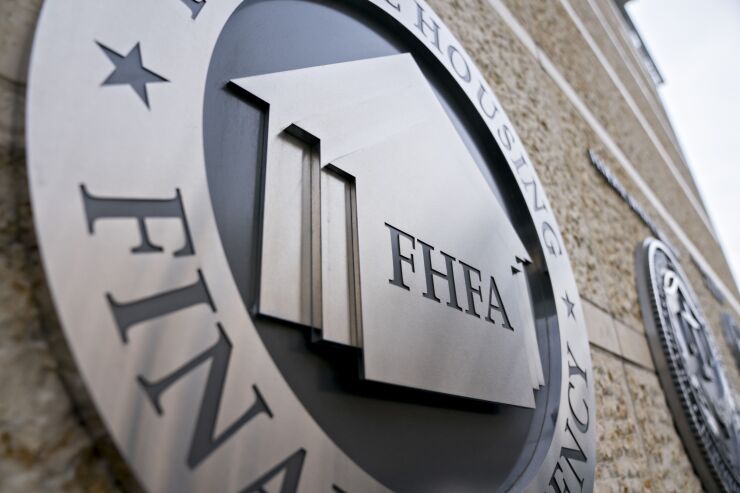With the Federal Reserve's rapid interest rate hikes shrinking bond prices, uncoordinated regulatory standards are threatening the local community banks that have supported the government's pandemic response.
While community banks have conservatively invested excess liquidity stemming from Americans' stimulus payments in the bond markets,

The COVID-19 pandemic dramatically affected community bank operations in several ways. These local financial institutions played a heroic role in facilitating the federal Paycheck Protection Program response to preserve small-business employment amid government-imposed shutdowns, followed federal guidelines restricting foreclosure proceedings and expanding loan forbearance, and took in a large influx of customer deposits due to emergency stimulus programs.
During this period, the Federal Reserve maintained ultralow interest rates to help stave off an economic downturn. With few options to invest the excess liquidity on their balance sheets, the consistently prudent community banking sector took the safest and soundest action possible by parking much of their excess funds in low-risk U.S. Treasuries, agency mortgage-backed securities, and municipal securities.
As many consumers are experiencing, the current economic and monetary landscape is starkly different. Amid consistently strong consumer spending and persistently high inflation, the Fed is hiking rates at a pace not seen in more than 40 years.
These rate hikes — which the Fed continued at its
With bond prices falling, the excess liquidity that banks conservatively invested is now experiencing the most significant losses and worst year of performance in modern history. Fortunately for investors, these are "paper losses." Bond investors can ride out the interest rate storm while the bond market normalizes and values rebound on these conservative, tried-and-true investments. Unlike many other bond investors, however, community banks must contend with more rigid — and inconsistent — federal regulations.
Federal banking regulators wisely don't require most banks to recognize these paper losses when they calculate how much capital they have on their books, but the nation's housing-finance regulator stands apart.
While banking regulations dictate that banks do not need to recognize a loss until bonds are sold, the Federal Housing Finance Agency employs a "mark-to-market" accounting standard that requires banks to count losses that have not been realized in their capital calculations.
Banks that don't meet the housing agency's capital requirements — a sudden reality for many given the temporary drop in bond prices — are prohibited from accessing advances from the Federal Home Loan banks, a key source of liquidity for many local institutions. The only exception: Each bank's primary regulator must request an exception on its behalf.
Advances from the Federal Home Loan banks — a network of cooperative institutions that provide financial services to banks to support housing finance and community investment — provide a consistent stream of liquidity for depository institutions across the nation. With many community banks now running their third-quarter numbers, the FHFA's unique capital standards suddenly threaten to turn abstract and otherwise harmless pricing peculiarities into a real-world funding crunch for local institutions — ultimately leading to less credit availability for the customers that depend on them.
Fortunately for the economy and financial system, there are
Alternatively, the Federal Home Loan banks could request to change the agency's definition of tangible capital to that of member banks' primary regulator. Meanwhile, federal regulators should exercise restraint when examining otherwise safe, sound and adequately capitalized institutions dealing with this sudden change.
The federal government has the power and obligation to fully mitigate the consequences of its response to the pandemic. Just as regulators worked directly with community banks to respond to the economic fallout of COVID-19, they can now ensure that these same institutions are not penalized as a result.






